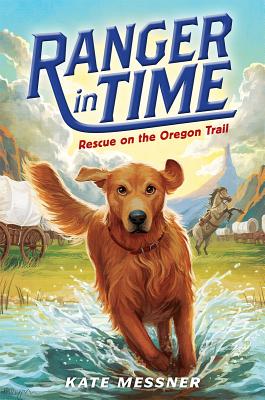Good morning, friends, and welcome to Teachers Write!

It’s week one of our online summer writing camp, especially for teachers and librarians (but if you’re not a teacher or librarian, that’s okay, too – we won’t tell anyone!). This was a school year like no other, and so our focus this summer is on reflecting, writing, and renewal. Ready for your first writing camp assignment?
Go outside. You can take your notebook or laptop out to the balcony or the yard or the garden, or if you want to be really fancy about it, you can go to a park or a pond or a mountaintop. But get outside. Because your first assignment for writing camp is to breathe. This year didn’t allow for a lot of that, and some of us forgot how for a while. So do this now…
Take a slow, deep breath as you count to six.
Hold it for six counts.
And then exhale slowly while you count to eight.
Now do that a few more times, until you feel yourself settle into the outdoor air. Pay attention to the sounds around you and the feel of the breeze, or the sun, or the light rain, on your skin. Take one more of those slow, counting breaths. And then, think about a time when you were growing up and you felt peaceful and whole.
I’m using the word “whole” on purpose today, because the 2020-2021 school year fractured us in some pretty dramatic ways. For many, it was a year of profound loss, and nearly everyone who spends time in a classroom or library was stretched to the limit, forced to reimagine everything, pulled in so many directions – teaching in-person, teaching remotely, serving patrons who weren’t even allowed in a building, sanitizing books, all while taking care of other people and trying to stay healthy, to be okay. It was a lot, and it takes time to pull all those fractured pieces of the self back together. So close your eyes, take another one of those deep breaths, and think about a time when you felt truly whole and at peace. Put yourself back there in your mind, and when you arrive, try to capture that time and place in a paragraph or two.
When I was growing up, the youngest in a busy family with two working parents and four kids, those moments of wholeness, of stillness, always happened outdoors. When I was eleven, we moved from our small village out to the country. Out in back of the house was an apple orchard, and if you walked through that orchard and down a hill, the path narrowed between the trees. If you kept walking downhill through the dappled sunlight, you’d come to a small wooden footbridge that ran over a creek. I’d scramble down the bank next to that bridge and turn over rocks, my hands numb in the cold water. Sometimes there were crayfish, and I’d pick them up before they could flick their tails and disappear, holding them just behind their heads so their splayed claws couldn’t reach my fingers. I’d study them for a minute and then leave them gently back at their rocks and climb back up onto the bridge, where I’d open my notebook. I’d close my eyes and breath in the smell of leaves, green and bursting overhead, brown and wet and changing on the damp bank below. I’d listen to birdsong and the rush of water over rocks, and I’d collect all of those things in words on the page, to keep for later when I needed them.
Your moment might involve a similar escape in nature, or maybe you felt whole somewhere else – on the basketball court or at the piano or in the art studio with clay between your fingers. Wherever it was, take a few minutes to transport yourself there. What does the air smell like? What sounds do you hear when you close your eyes? What do you see when you open them and look up? Spend a little time back in that place this morning. And if you’d like, feel free to share a snippet of what you wrote in a comment here.
Before you go inside, do that breathing thing a couple more times – in for six counts, hold for six, and out for eight. Remembering to breathe is always a good starting place when we need to pull ourselves back together. So try to take five or ten minutes each morning or afternoon or evening this week to step outside. Take a few of those slow, counting breaths, and see if you can add a little more detail to that scene from your growing-up years when you felt whole. Maybe there are multiple scenes – a series of moments from different years – and you can explore more of those in other paragraphs as the week goes on. But try to take a few minutes every day, even if you only get to the breathing part. Because that’s the most important thing.
Next week, we’re going to talk about picture book biographies for kids, how authors research the details and uncover how the seeds for a person’s life work and passions are often planted in those childhood moments. This is something I thought a lot about when I was doing research for my picture book biography Dr. Fauci: How a Boy from Brooklyn Became America’s Doctor (which comes out tomorrow!).

So often, we think of careers being charted in college or graduate school, but when I research scientists like Dr. Fauci and Ken Nedimyer, the coral restoration pioneer featured in my book The Brilliant Deep. I almost always see that those seeds are planted much earlier, in small moments of wonder. It’s like that with teacher and librarians and writers, too, and that’s what we’ll look at next week, using the tools of writing a picture book biography to do some research on ourselves.
One more quick note: Teachers Write has always been, and will always be, free, but I do have a favor to ask. If you’re taking part this summer and you’re able to, please order one of my books from your local bookstore or order from mine, The Bookstore Plus in Lake Placid, NY, and I’ll sign and personalize it for you. I’ll be there tomorrow (Tuesday, 6/29) doing a store signing for my Dr. Fauci picture book, and I’d love to sign a copy for you or your classroom or library while I’m there. Just order here – and leave a note in the comments about how you’d like it signed. I’m happy to sign copies of my other books as well.


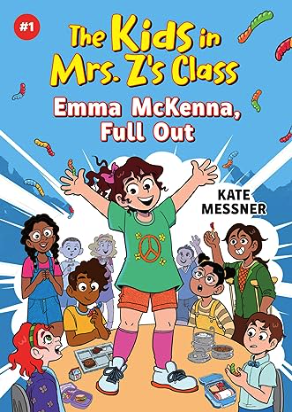



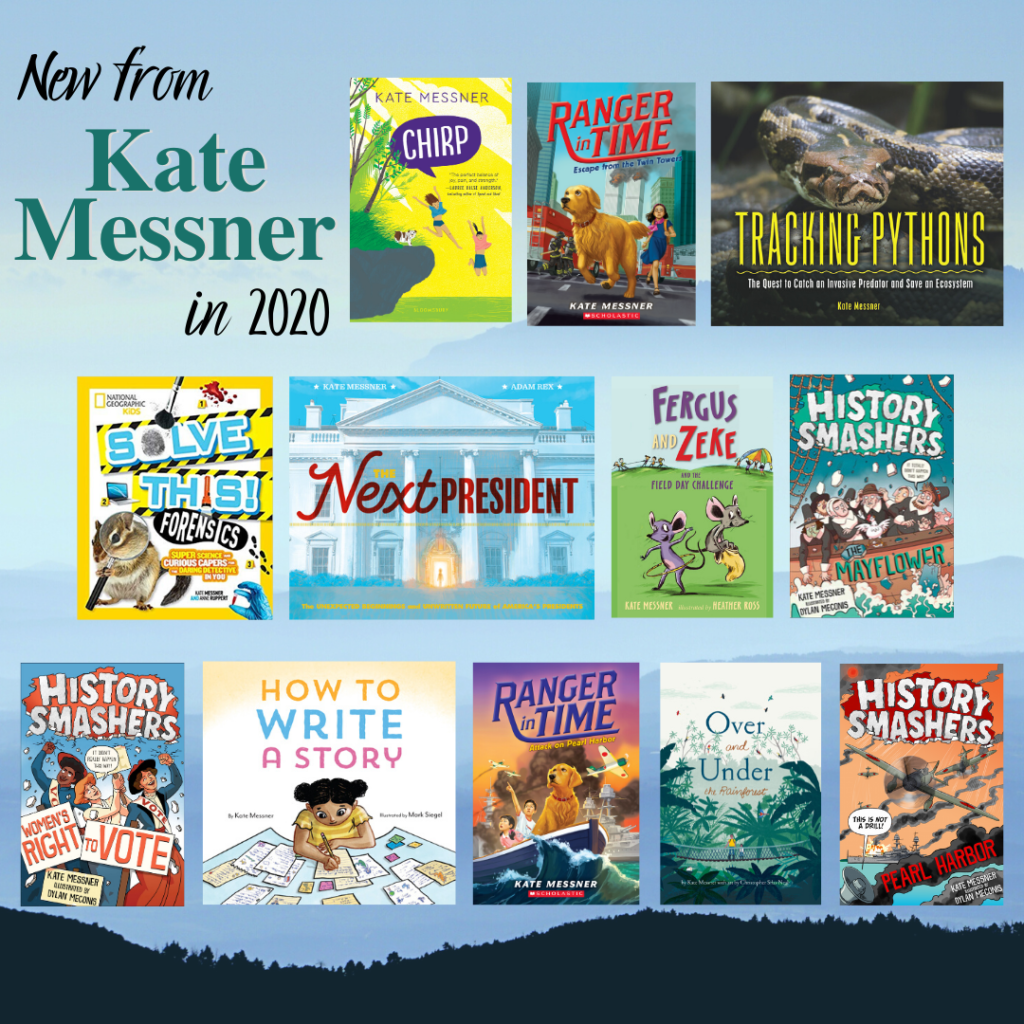
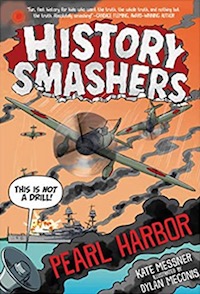
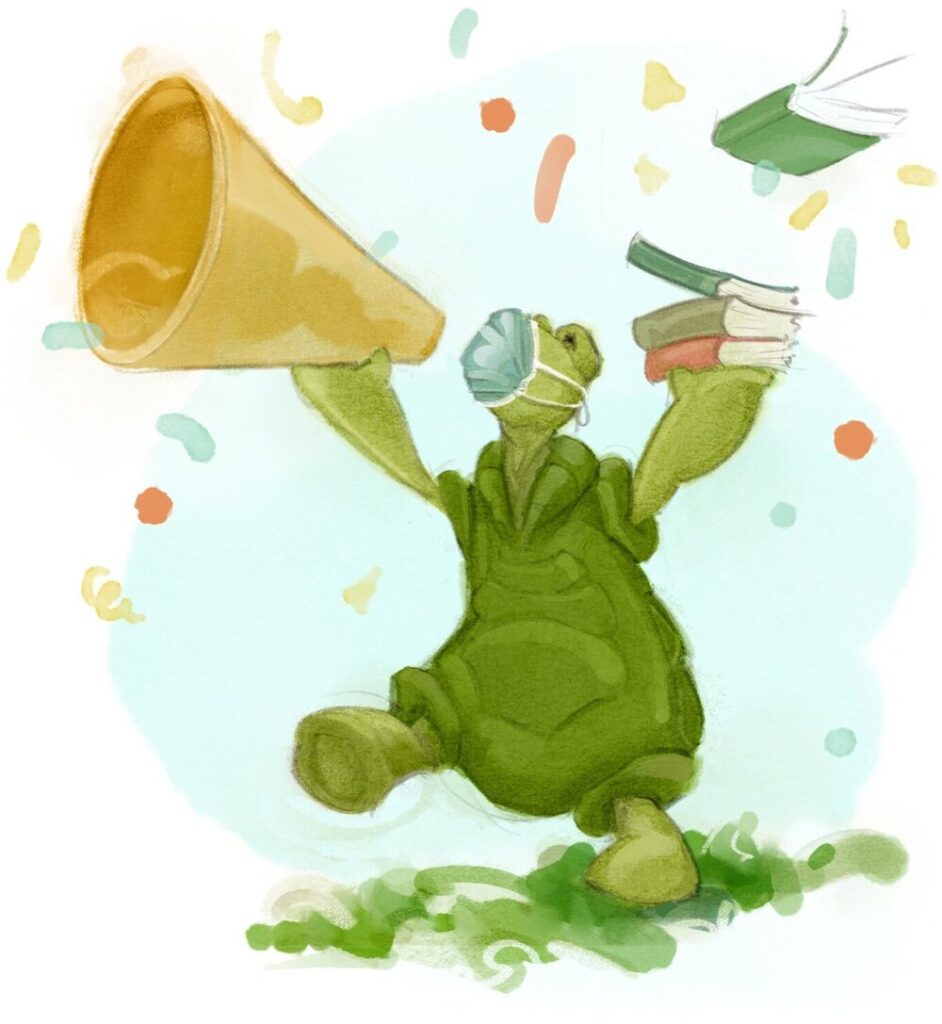


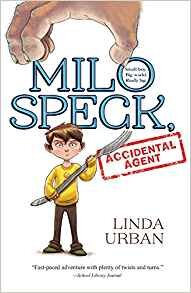

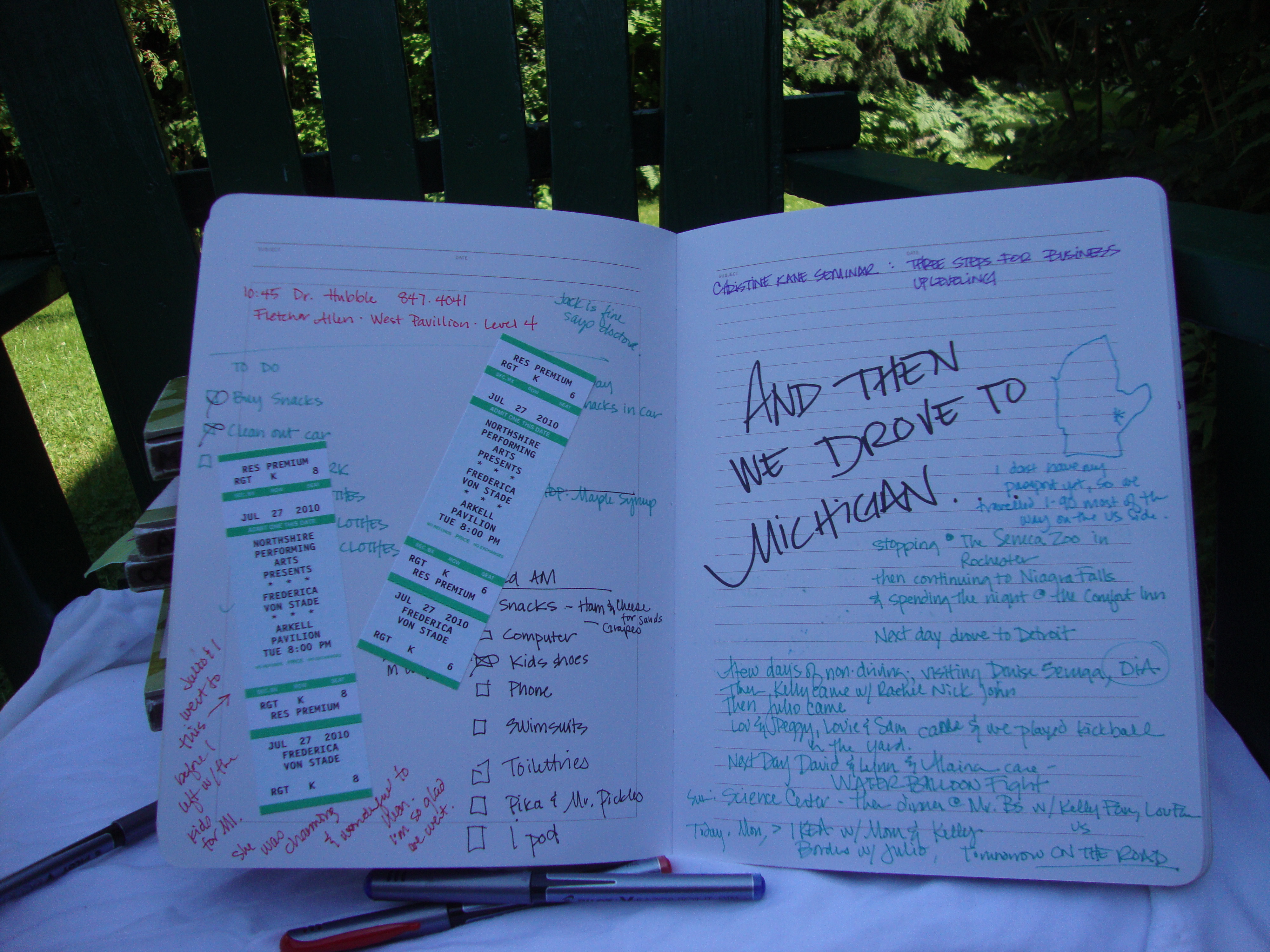
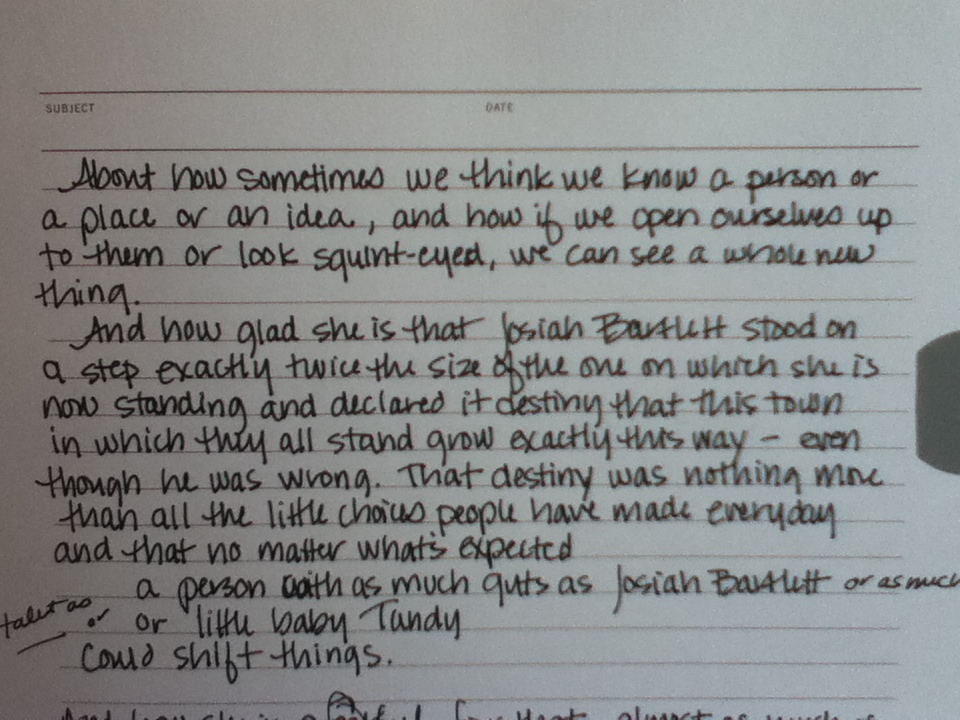
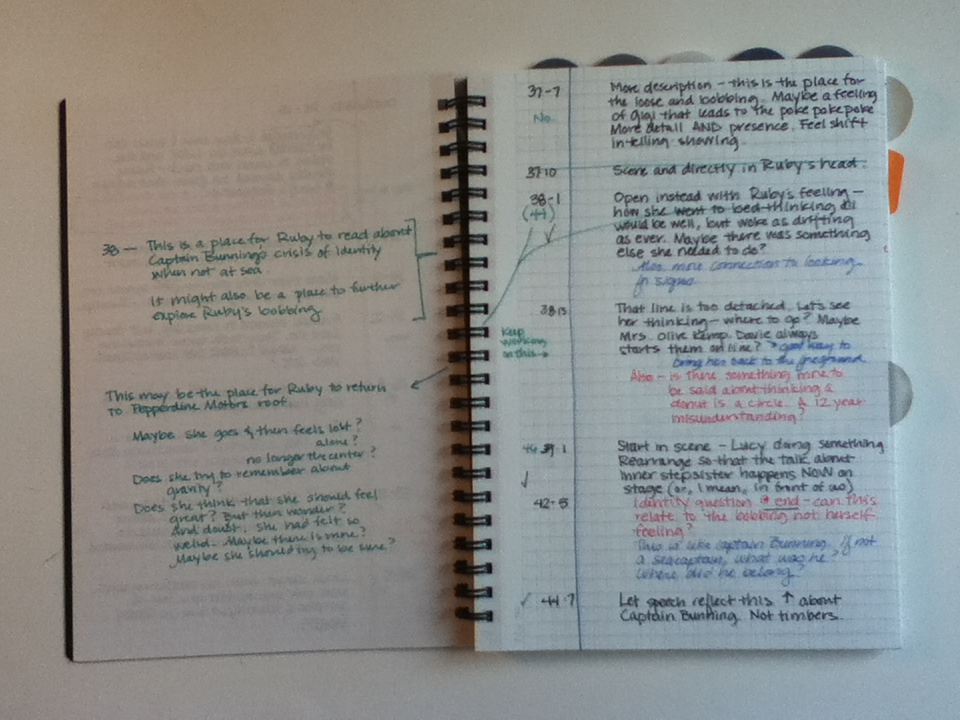

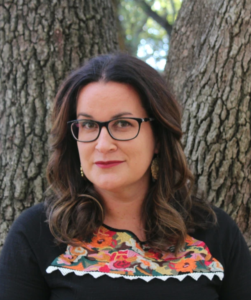


 Welcome to the Ranger in Time Book Club!
Welcome to the Ranger in Time Book Club!